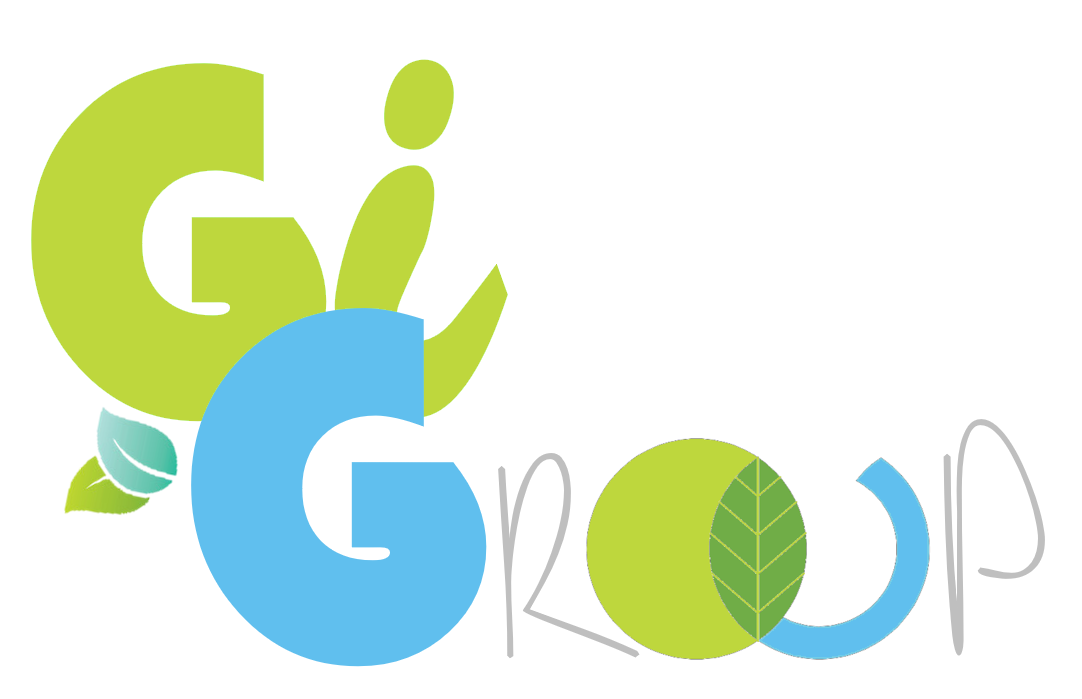THE PROBLEM
The growing urbanization requires that cities will have to increase their participation in natural ecosystems.
Today, it is generally accepted that Nature-Based Solutions will play an important role in cities regeneration, since they address urban challenges in a multifunctional way. In fact, green spaces provide multiple benefits both for people and nature. Green roofs and green walls are some of the most promising alternatives as urban space is scarce and they can green the grey infrastructure. Yet, their merit is not generally known and accepted, mainly due to difficulties in valuing intangible benefits as biodiversity.
Biodiversity guarantees an important amount of ecosystem services, such as food supply, soil composition, air quality or climate regulation. Therefore, public policies have pursued answers to protect biodiversity, namely on the basis of international agreements, such as the United Nations Sustainable Development Goals. However, despite the growing concern, the loss of biodiversity has continued, particularly in urban areas.
The purpose of GRAVITY is to enhance the knowledge on green roofs/walls contribution to the biodiversity of cities
ABOUT
GRAVITY is a research project promoted by Instituto Superior Técnico and Faculdade de Ciências da Universidade de Lisboa.
The project is funded by FCT - Portuguese Foundation for Science and Technology, project 10.54499/2022.02093.PTDC (DOI https://doi.org/10.54499/2022.02093.PTDC).
OBJECTIVES
- Explore how green roofs and walls can support biodiversity and ecosystem health of urban centers, alongside climate goals.
- Mapping, monitoring and modeling biodiversity of existing green roofs and walls at different scales, focusing on the solutions and also on their connectivity and synergies with other nature-base solutions in the city. Biodiversity monitoring will be enhanced by using platform Biodiversity4all, maximizing the data collection and contributing to environmental awareness of the citizens.
STRATEGY
The project will:
- Define a city case study and catalogue existing green roofs/walls that are already installed in the city;
- Collect a comprehensive and systematic data basis of green roofs/walls contributions to the biodiversity of the city, by feeding Biodiversity4all platform and encouraging citizen participation;
- Develop a model to assess the contribution of green roofs/walls to the urban biodiversity and to understand the explanatory variables (e.g., how does proximity to other green spaces or type of green roof/wall influence its contribution to urban biodiversity);
- Understand how this demonstration project can be up-scaled in other cities and spread out the results.





